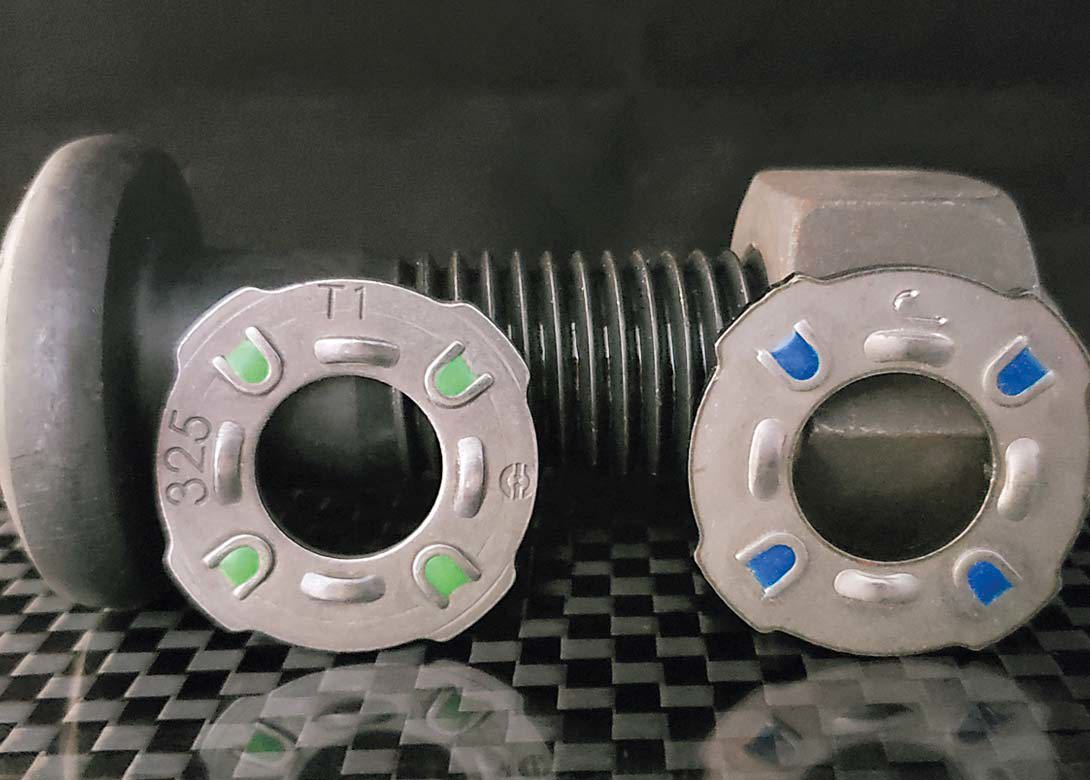
By Mark Thurber, CEO, Maelstrom Chemical Technologies LLC
“The Devil is in the details,” my father often said to me growing up, and what wise words they were. This phrase marks a cautionary reminder to all of us to look beyond what is squarely in front of us and dig deeper, plan ahead and be thorough in our endeavours.
As a boy, I was amazed and admired my dear old dad for being (almost) always right. Upon reflection, I could not have imagined all those years ago, how much those very details can make every difference to so many things.
This adage applies to our world of fasteners as much as anywhere. Much change has come to the old reliable nut and bolt in recent decades, probably more so than during the preceding centuries. However, so much focus is paid to the physicality of the fastener, changes to surface technology fly somewhat under the radar. It is well expected that a change in diameter or pitch will affect the assembly dynamics of a joint, while changes to enhancement materials and coatings often go unnoticed, yet these tiny details can change the entire character of an assembly.
In joint design, accounting for coefficient of friction is essential in achieving all of the correct attributes desired. Without attending to surface friction, clamp forces may demonstrate very wide variation from part to part. This is the spot where the ‘details’ creep into play.
There are countless lubrication product choices available on the market. Any one of which will usually reduce the friction and statistical variation, however, what happens if it is too slippery? One word ‘SNAP!’. In a single staccato, you have been notified of exceeding the ultimate strength of your part. Worse still, if that load is just below the fracture point, lying in wait until a little extra stress is induced in the field. We must never forget; measurement of torque is simply a rough proxy for what we are truly trying to determine – clamping force.
Despite many choices of torque-tension control coatings, a thorough walk-through of the intended use of the product is quite important. When evaluating a coating, has the temperature range in which the part may be assembled been considered? Will it be wet or dry? Will the choice product perform the same after the parts have been stored for a year? Will the assembly be painted? How will the coating affect the paint, or will it accept paint at all? Is corrosion a factor? Accounting for these details allows the development team at Tectorius® to innovate new Tec-Slip™ lubrication solutions to meet even the most difficult of situations.
In super critical applications, such as in bridge and structure assembly, an extra level of clamp load assurance may be in order. For such demanding and vital construction, specialised parts and finish coating must achieve consistent and proper assembly each time. Engineering teams from Tectorius and TurnaSure collaborated to produce Tec-U-Seal™ and the ViewTite™ washer system. The concept is simple: Once proper clamp load of a joint is achieved, the compression forces a brightly coloured indicating material to the perimeter of the washer, leaving no question that each bolt is tight.
With scores of different lubricants available, applied over a multitude of finish coats, the next detail, ‘Devil’, steps in when the discussion turns to function enhancement, such as adhesives and sealers. The premise of many corrosion preventative finishes is to provide a barrier or ‘seal’ the base metal of the fastener. This barrier is intended to be impermeable, non-porous and repel intrusion of corrosive elements.
The lubricant, which is often applied over the top of this coating, is fully intended to be slippery and provide a barrier between metal surfaces where they might bind or otherwise stick to each other. In both cases, by their very nature, they are ‘anti-adhesives’. As a result, there is a widely varying collection of ‘anti-adhesives’ to which a successful adhesive or sealer is expected to bond, without fail, from type to type. When broken down and examined, one can easily see that this ‘detail’ expands becoming an area of major concern, hardly deserving of the title of ‘detail’. Despite the wide standard product range offered by Tectorius and other producers of thread locking products, achieving consistent performance on all corrosion, barrier and lubrication surfaces is not easy.
There are only two available paths to address these concerns: The first, and most common approach is to treat lubrication, and function enhancement materials as an afterthought. Design the joint system, then choose a list of possible coatings materials, testing each until the best choice is found. Alternatively, I recommend that coatings manufacturers be engaged in the design phase wherever possible. Efficiencies and value gained by bringing in the right expertise in the early stages of a project cannot be underestimated. Planning, forethought, and collaboration are your best defence in keeping the ‘Devil’ in its place.

Biog
Will joined Fastener + Fixing Magazine in 2007 and over the last 15 years has experienced every facet of the fastener sector - interviewing key figures within the industry and visiting leading companies and exhibitions around the globe.
Will manages the content strategy across all platforms and is the guardian for the high editorial standards that the Magazine is renowned.








